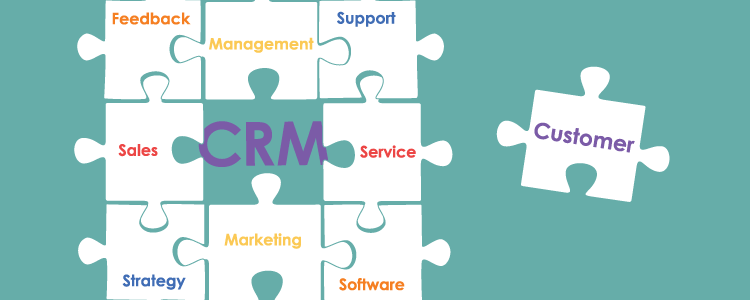It all depends on your industry and the state of your company, but different departments in your organization will say they are the ones that impact revenue growth the most. The IT department will say that it is the ability to bring new products to market that’s the key to success…Customer service will say they are the brains behind retention and acquisition. And marketers will say – it’s all about marketing automation. What do all these have in common? What they have in common is the shared ability to bring in more business, which spells success for everyone.
Customers are the bloodline of any company. They pay the bills and the salary. That’s why it’s important to invest in managing and retaining customers and ‘wowing’ new prospects. The reality is that customers leave for many reasons (and prospects don’t convert.) They either go with our competition or they don’t like what we’ve offered and how we’ve offered it. What’s more is that 70% of customers leave for another reason – they don’t like our service which is usually attributed to our salespeople. How do we remedy this?
With a CRM.
A CRM stands for Customer Relationship Management: a tool that allows for sales reps to store all profile information and data on each individual customer. Forget tedious, repetitive record-keeping. Forget outdated contact information and spreadsheets. When everyone in the organization works together to populate the CRM with essential customer information, the database increases in value.
A CRM ensures that we keep leads warm. That’s why it’s important to start by organizing your contacts. With basic segmenting, you can make customer data more efficient and help your other departments fulfill the needs and wants of contacts and leads. From prospects to marketing-qualified leads, to the eventual sales department, when you create a sales funnel with stages that correspond to the contact’s level of interest, you automate the buying process for leads and customers, you work to convert them, retain them, up-sell them and create advocates out of them.
Tracking engagement
When you’ve got all information readily available on all the interaction that took place between the customer and members of your organization, you are up-to-date on the conversation. This way, you make your contact feel like you are keeping their needs in mind and treating them as a priority. Knowing the history of your leads builds long-term relationships. Ensure that all of your touchpoints are documented.
Revealing opportunities
While contacts that you’ve sold to are already customers, there is still room for up-selling. Most customers keep working with a company until they feel they aren’t being made a priority. That’s why keeping the engagement going means that eventually you will be able to offer them different products. When the pipeline is up-to-date, you can see where there are more opportunities.
As a marketer, how important is a CRM to you? Undoubtedly, when you have more customer data, you can help the sales team close more business. It’s time to take your prospects and customers to a whole new level of engagement. A CRM can get you there.

